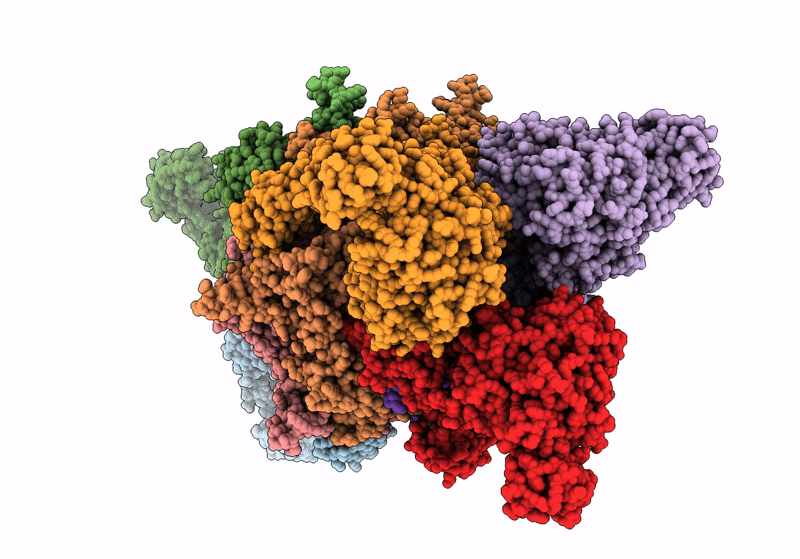
Deposition Date
2024-01-26
Release Date
2024-04-17
Last Version Date
2024-07-24
Method Details:
Experimental Method:
Resolution:
2.37 Å
Aggregation State:
PARTICLE
Reconstruction Method:
SINGLE PARTICLE


